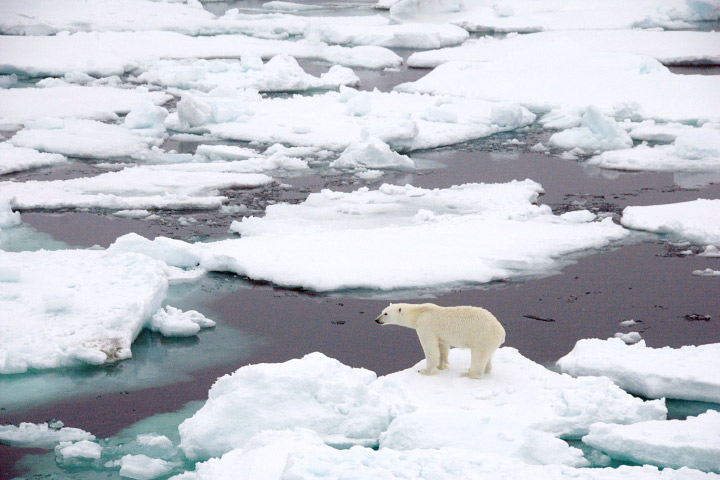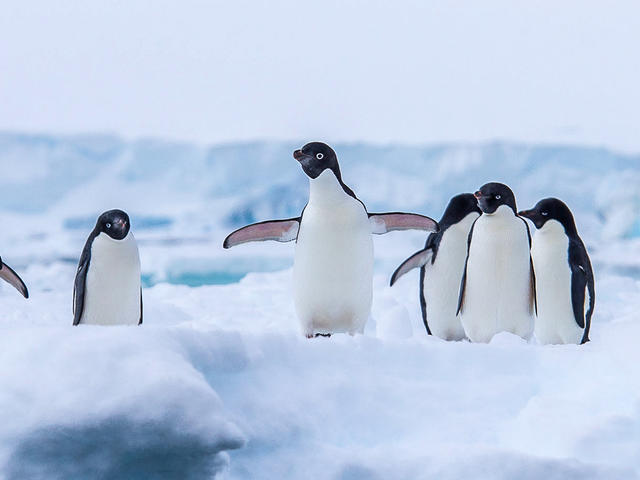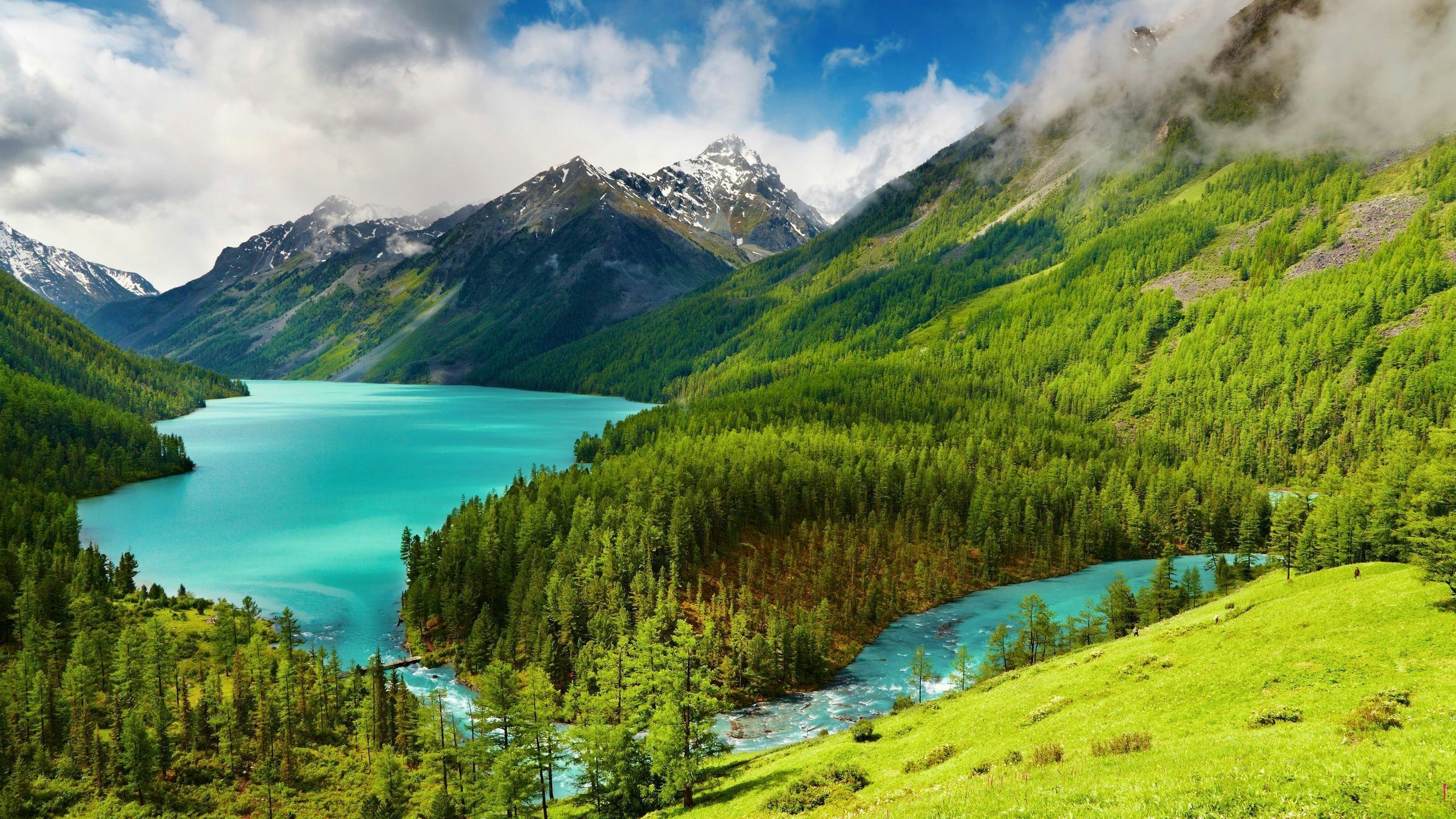The Importance of Sea Ice
May 8, 2021
Written by Claire Wang
Sea ice is frozen ocean water. It grows and melts in the ocean, and most of it is found in the Arctic and Antarctica. Sea ice has a huge impact on our global climate.
Since ocean water contains salt, sea ice has different properties compared to normal, freshwater, ice. It is also different from icebergs and glaciers, which initially form on land and then end up moving to the sea. Salt water has a freezing point slightly lower than the freezing point of freshwater, at -2 ºC. It is also more dense as it freezes, unlike freshwater (for example, when you put ice cubes in water, the ice cubes float because they are less dense as a solid- a very unique feature). This means that sea ice does not form very easily because when water is too cold for a long time without freezing, it ends up sinking to the bottom of the ocean due to being more dense, and no ice forms.
For sea ice to form, the top one hundred to one hundred fifty meters of water must reach the freezing point. It forms different shapes than lake ice because of turbulence in the water.
Because it is white colored, sea ice is able to deflect about 90% of the sunlight that lands on it, reducing the amount of sunlight that hits the darker colored water. This way, it can slow down the rate at which the sea water heats up, because darker colors absorb more heat. Unfortunately, it also means that as more sea ice melts, the rate at which the sea water warms accelerates.

Sea ice is also able to influence global currents. The water layer under a layer of sea ice is very cold and dense, so it sinks to the bottom of the ocean and circulates. Eventually, the current moves around to the rest of the world and becomes an essential part of the global conveyor belt, the group of currents that circulate around the world.
It is also able to provide a habitat for marine mammals, like polar bears, seals, penguins, and indigenous people in the Arctic.
Arctic ice
In the Arctic, a regional patch of sea ice forms in the winter. It is at its largest around March, and smallest around September. Arctic ice forms more easily than ice in Antarctica because it is mostly landlocked, instead of being open to all sorts of warm currents around the world.
Arctic ice also comprises multi-year ice, ice that has been frozen for more than a year. They melt less quickly and also contain less salt. Sometimes, they are fresh enough that they can be used as a source of water. The older a piece of ice is, the more resistant it is to melting.
Unfortunately, climate change has caused the amount of multi year ice in the Arctic to decrease significantly. In March of 1985, fifteen percent of the ice in the Arctic was multi-year ice, compared to a little more than one percent in March 2016. The extent and area of Arctic ice has also decreased significantly over the past years, unlike Antarctic ice.
The process of sea ice declining over time can accelerate the process of climate change because less light is deflected into the atmosphere, so water heats up faster. Arctic ice in particular is the most sensitive to climate change for this reason.
Antarctic ice
Like Arctic ice, the size of Antarctic ice also depends on the season. Its sizes are the opposite of Arctic ice: it is smallest at March and largest at September because seasons are reversed in different hemispheres.
Though Arctic ice is declining at a faster rate, it still has more ice in its average maximum and minimum than Antarctic ice. The reason why Antarctic ice is not as thick and large is because it receives more solar energy. It can only grow around the edges of Antarctica (since the rest is continent- remember Antarctica is not a floating piece of ice), so more of the sun’s rays are able to hit it throughout the year. Ice is also able to float away from the continent, unlike the Arctic, a mostly landlocked sea.

Another thing to remember is that Antartica has penguins, while the Arctic has polar bears.
Antarctic ice has also not shown a clear decline over the past years. There are still some signs of climate change, however, such as more snow caused by more humidity. Scientists aren’t still clear on whether Antarctic ice is growing or melting. Places in West Antarctica have melted away, but there is ice gain in East Antarctica and the interior of West Antarctica. Scientists predict that the reason why Antarctica doesn’t melt like the Arctic is because of the Southern Ocean Circumpolar Current preventing warm water from reaching Antarctica. The icy winds may also help keep the temperatures cold.
